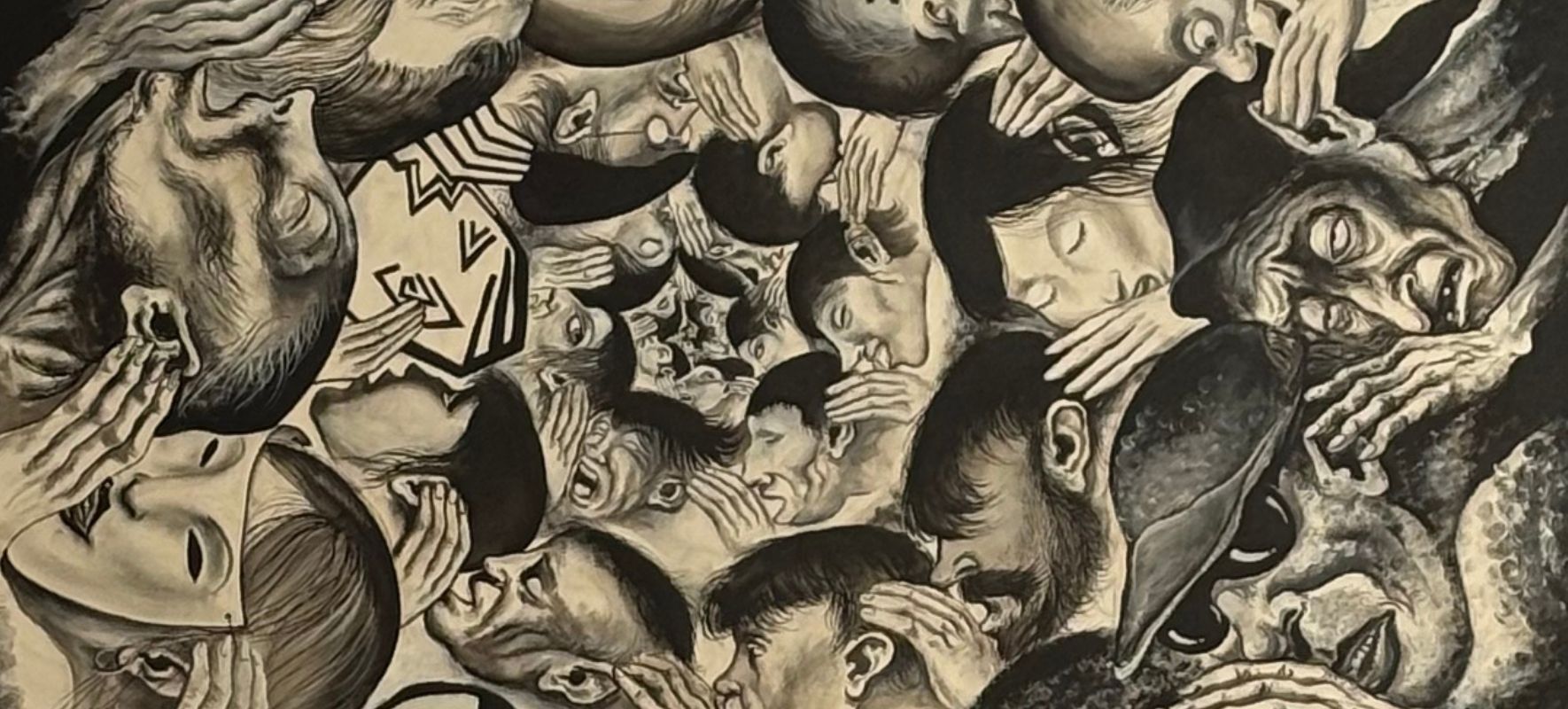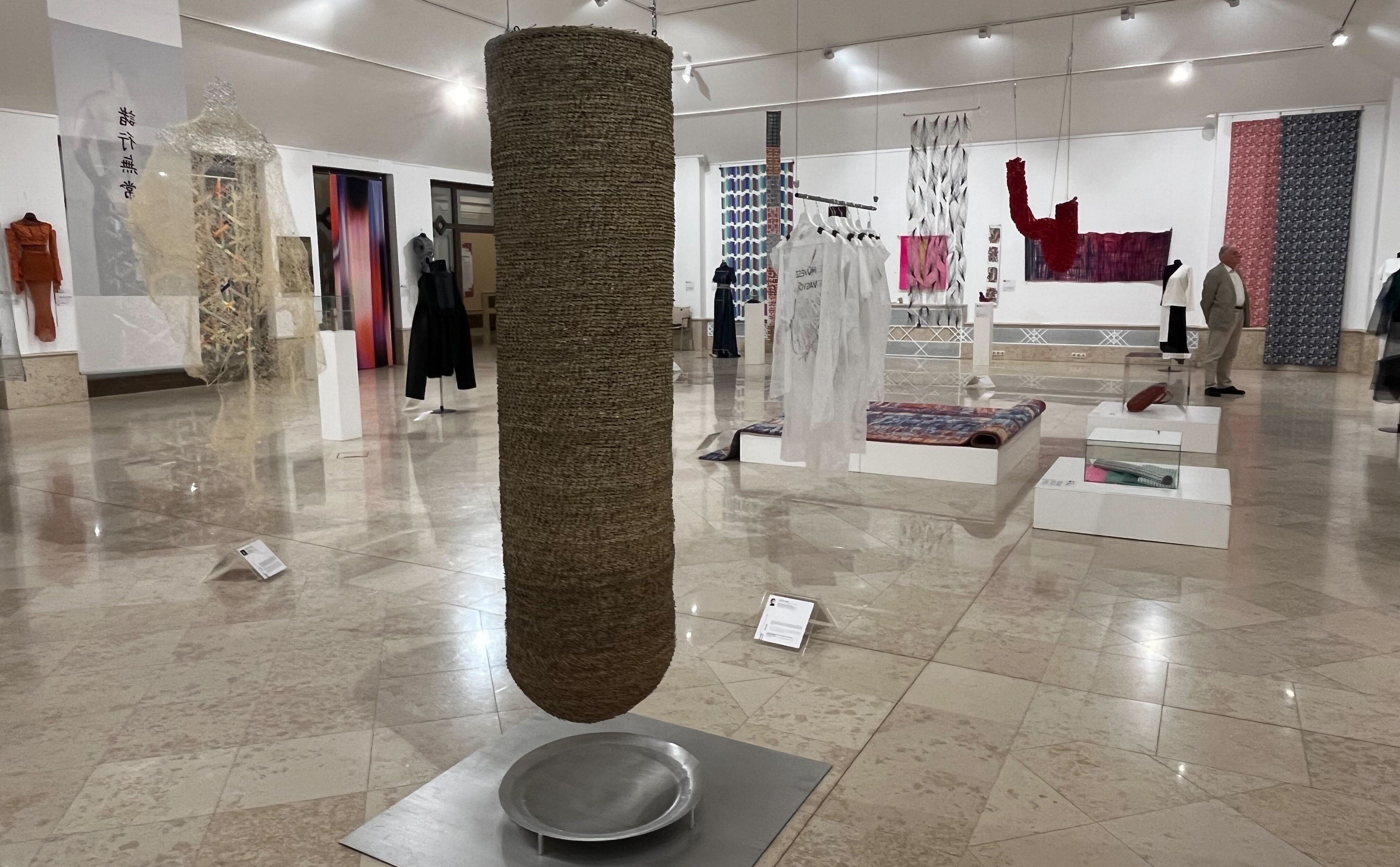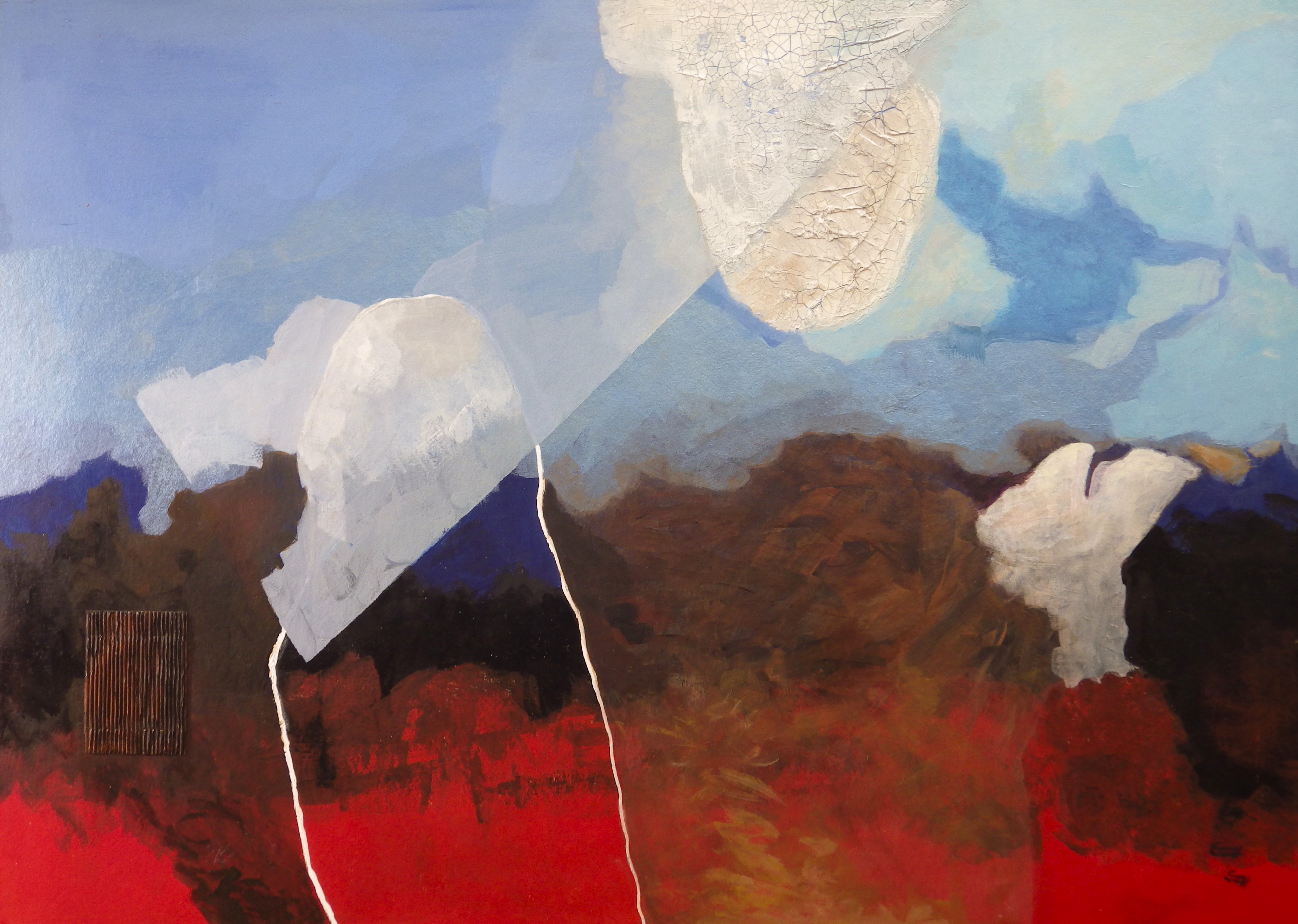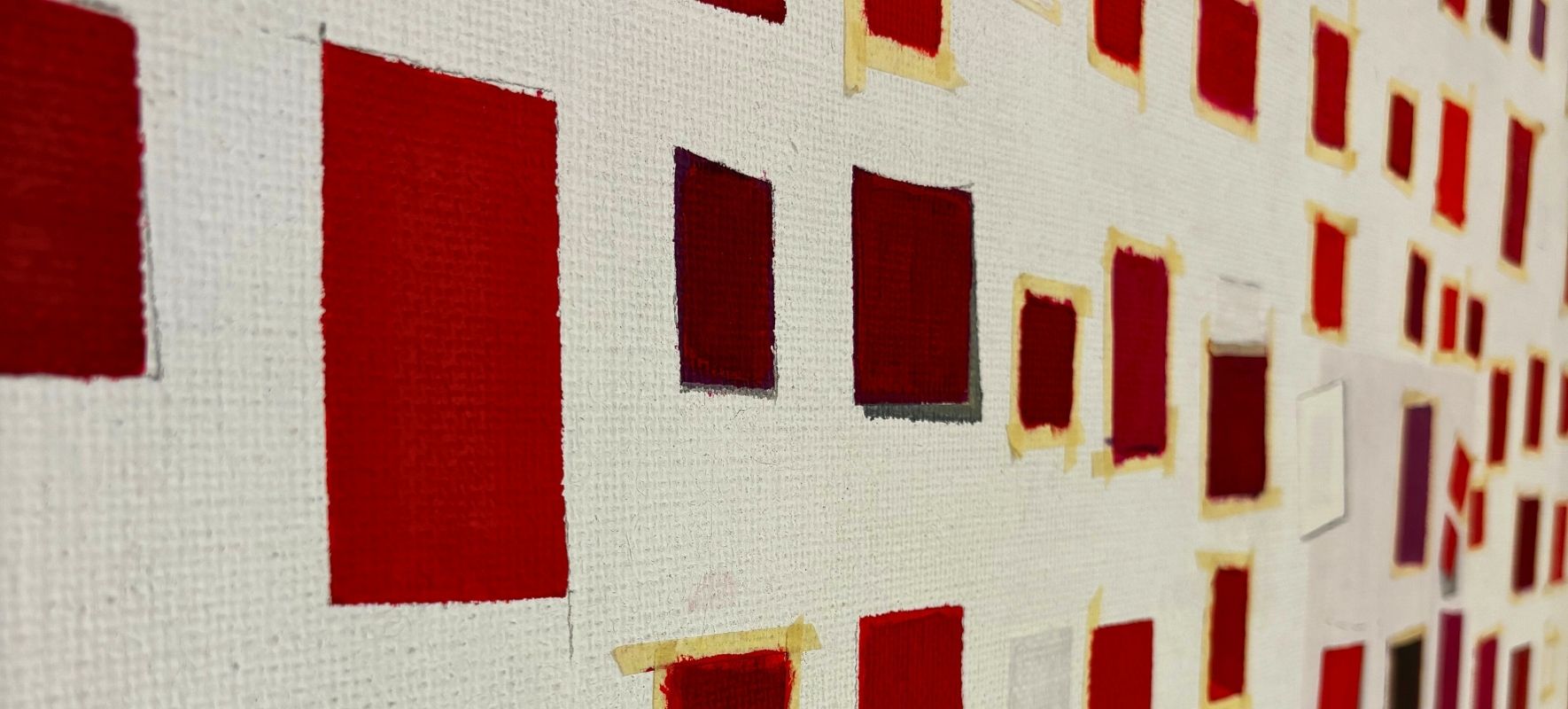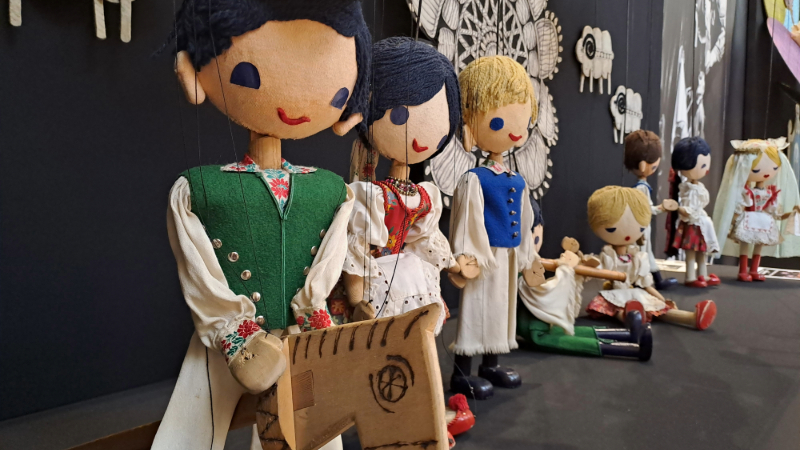
Work of Art in Focus – July 2024
This joint exhibition by highly renowned Hungarian puppet troupes Astra and Maszk, showcased in Pesti Vigadó's exhibition halls on the ground floor and in the basement, is open until 22nd September. For the true appreciation of puppet companies' artwork, it is worth reviewing how the history of puppets has evolved over the course of history.
A brief history of puppets and puppetry
The art of puppetry has spread to every continent: through different means, diverse cultures have found their own ways to tell stories. In ancient cultures, puppets were used mainly for ritual purposes in the scope of diverse ceremonies. In ancient Greece and Rome, it was city festivals that staged theatrical performances. In India, the Sanskrit Mahabharata epic, originating from before 1st millennium BC, talks about the existence of puppet shows and describes that puppets with sticks featured at puppet shows. In Africa, India and China, puppets were used to tell religious stories, myths and legends. In China, puppetry looks back on a tradition of more than 4000 years: there, shadow puppetry was a characteristic feature of the genre, but almost all branches of puppetry were practised in China.
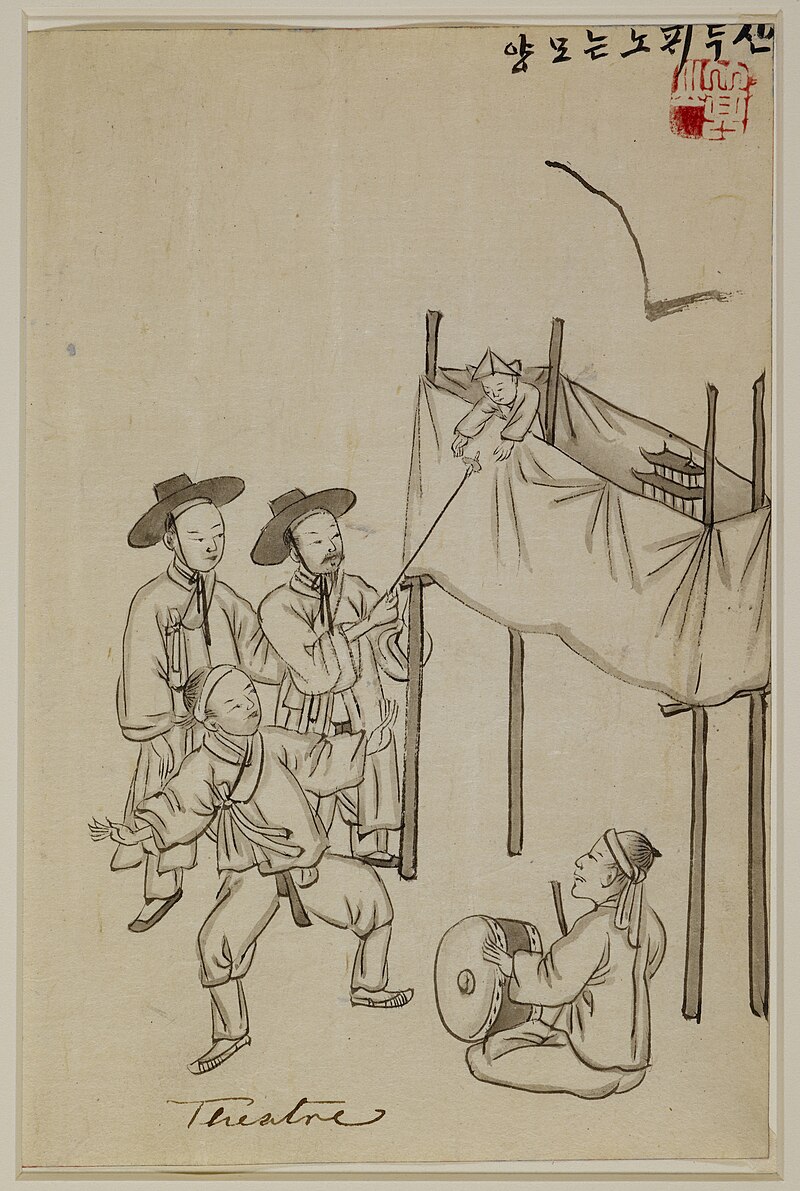
Korean puppet show performance, Drawing by Kisan (Kim Chong-gun)
Prepared by: Kisan (Kim Chong-gun). This file has been provided by the British Library from its digital collections.
In Europe, the Middle Ages saw the spread of Nativity plays called Marionette, supposedly a reference to Mary (or little Mary). At the same time, puppets were also used for purposes of entertainment, e.g. at fairs, where the staging of plays was frequently imbued with political and social messages. In Hungary, puppeteering had traditions in all social classes.
Some of the traditional Hungarian figures of puppetry include the famous characters of László Vitéz and Paprikajancsi. In today's modern age, puppetry has entered public life in the form of a new wave. Stylized characters of puppet plays address serious themes, and feature not only in performances meant for children but also in ones for adults. This is a branch of art in which deep emotions can be expressed in a simple manner.
The exhibition, showcased in Pesti Vigadó's exhibition halls located on the ground floor and in the basement, is open every day between 10 am and 7 pm.

